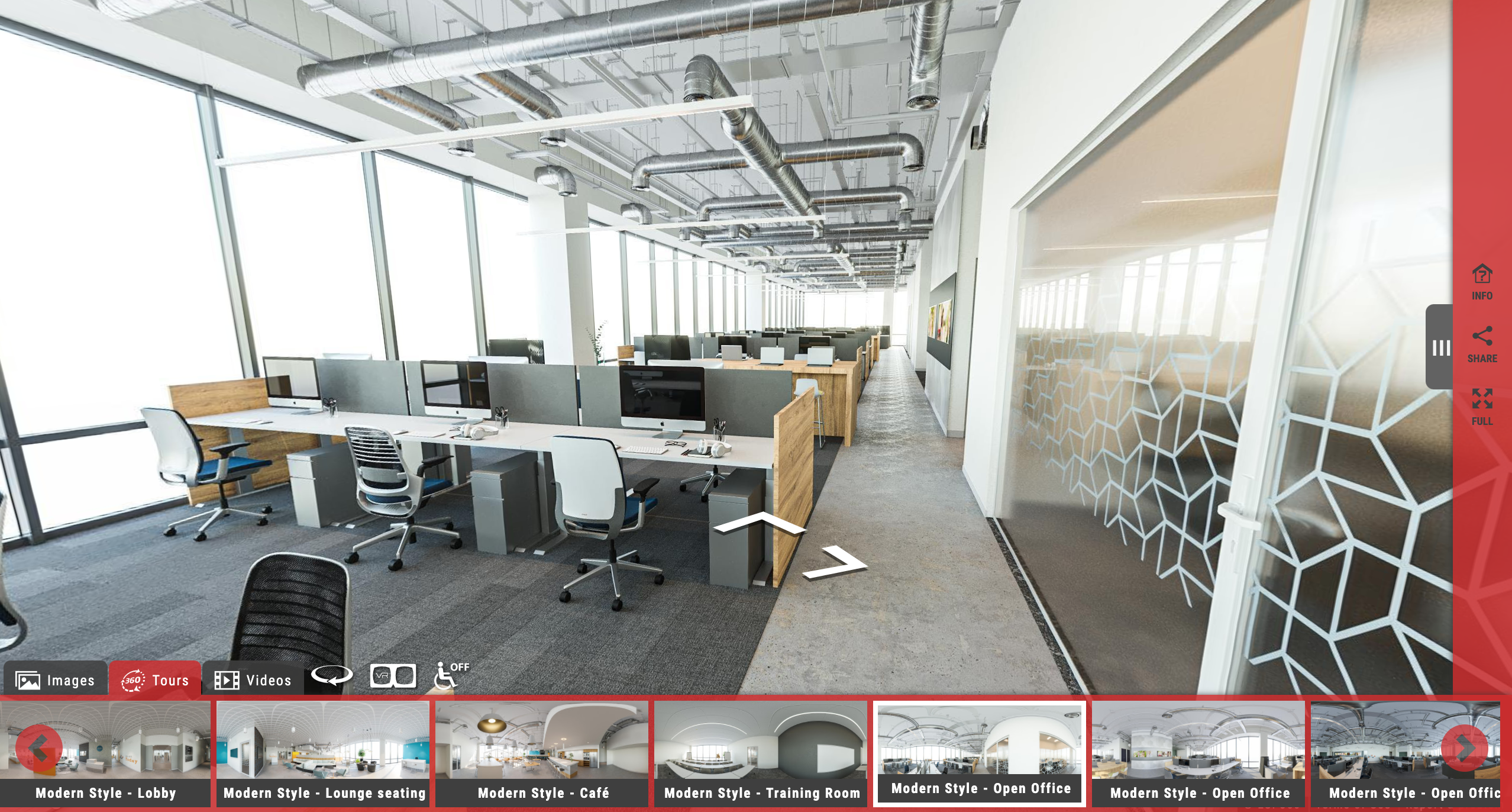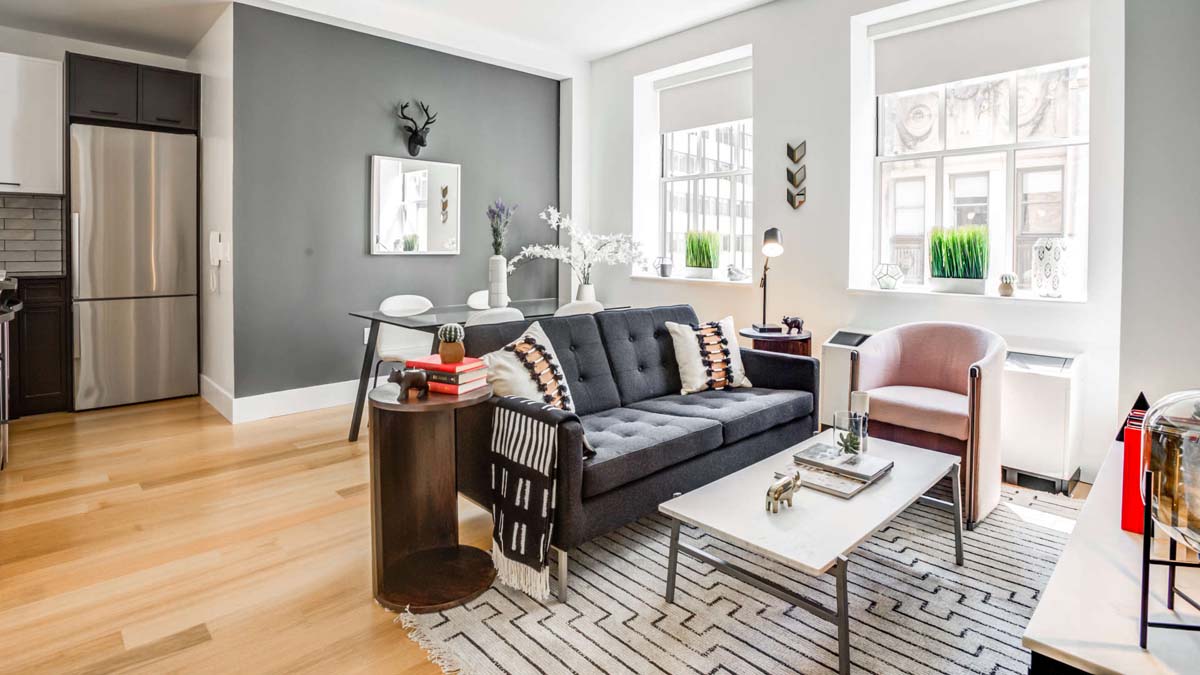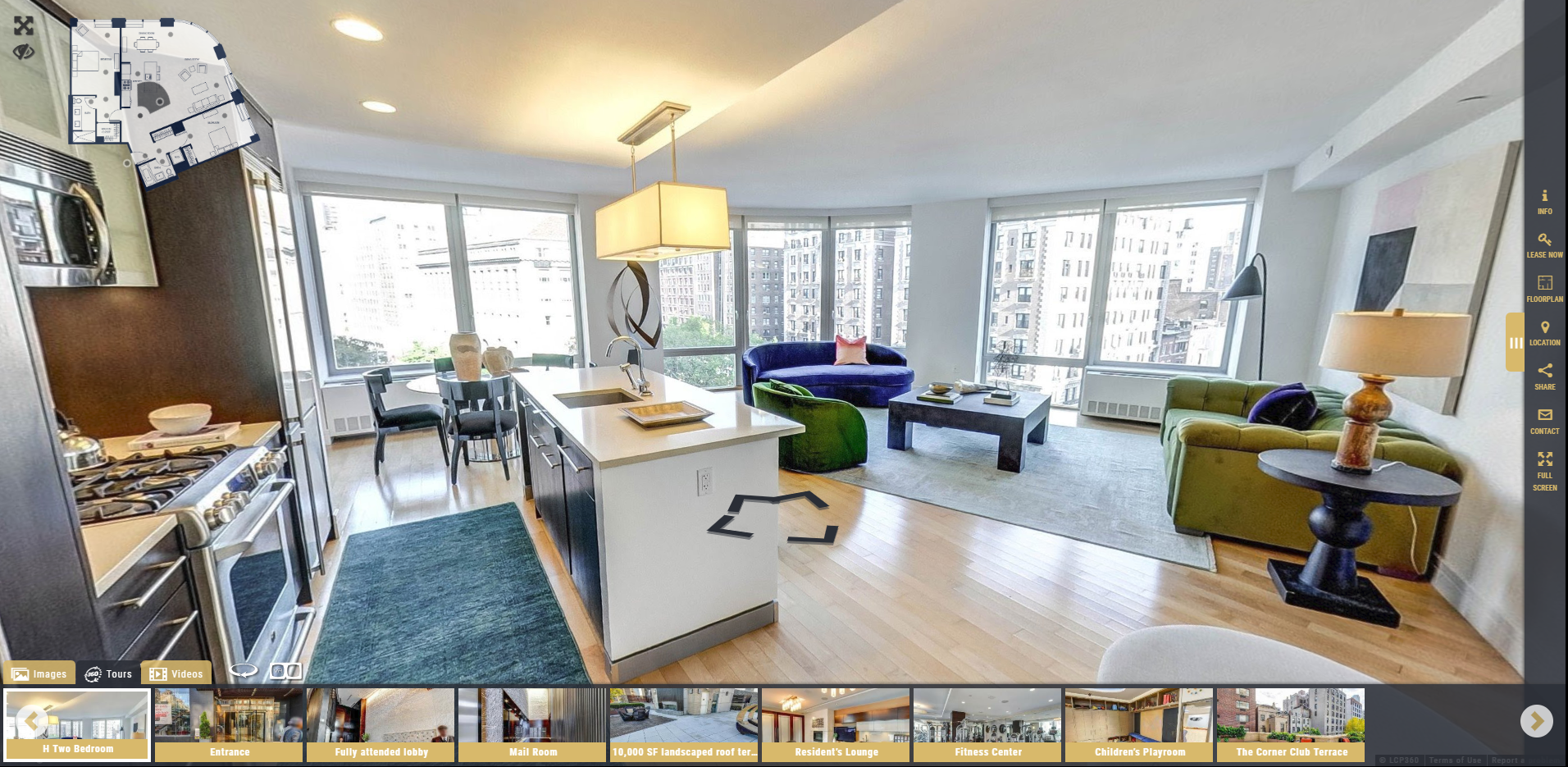3 Ways Apartments Can Improve Contactless Leasing
The year 2020 changed the way many companies do business, especially the multifamily industry. In order to remain competitive in such a difficult...
4 min read
 McKenna Hogan
:
Sep 14, 2020 8:30:00 AM
McKenna Hogan
:
Sep 14, 2020 8:30:00 AM

Real estate marketing is no longer “business as usual” these days. Because of this widespread uncertainty, we’ve provided advanced strategies to fill vacancies and set your property apart from the rest. Read below for more information.
By now, much of the real estate sector has transitioned to virtual leasing tools and technology-based marketing and sales strategies.
As Yield Pro states, “this period of necessary adaptation will eventually end, which begs the question of an inevitable return to pre-COVID practices.”

Although that potential still remains to be seen, there are reasons to believe technology in real estate is here to stay—and that is due to the immeasurable benefits virtual leasing solutions have provided because of the ongoing pandemic.
But that’s not to say it’s benefitted for the pandemic. In fact, these past few months have merely been a test case for digital transformation.
“If there’s been a silver lining with COVID-19, it has really been the accelerated adoption of technology, especially around automation” Sarah Yaussi, vice president for business strategy at the National Multifamily Housing Council.
Below are a few examples of technology that have aided in filling vacancies, even during a pandemic.
Virtual tours have been a fan favorite for all real estate industries since the pandemic hit.
Why? Because they immerse viewers into an expansive and diverse space, while providing the ability to self navigate, or, be taken on a guided tour.

They’ve become so popular that renters are now pretty much expecting them, even having their own best practices for being taken on a virtual tour, such as asking the tour guide to walk over certain spots to detect creaky floors.
As stated, the impact of COVID-10 on real estate and multifamily has led to an increase in virtual tour applications. But virtual tours have always offered great benefits —just with a different purpose.
Below are a few obstacles virtual tours have - and will continue - to overcome in the past, present, and future.
The list goes on, but these are just a few common obstacles that virtual tours can help alleviate for years to come.
| Related: Best Practices for Giving a Virtual Apartment Tour
Developments have always faced the challenge of not having a physical building to show. Thanks to 3D renderings, that doesn’t have to be the case.
3D rendered tours can fill a marketing void during development by allowing people to virtually walk a space before it’s completed. These renderings can live on your listings, website and even be used in temporary leasing offices for in-person visits.
When asked about his experience with 3D renderings from LCP360, Brian Koles from PMG said, “Our leasing team seamlessly transitioned to operating 100% virtually because our marketing resources did not rely on showing the physical building. These 3D renderings were a major driver of pre-leasing success.”
Whether there’s a pandemic or not, providing photorealistic images and videos of your future development is the only way to fill vacancies.
Similar to 3D renderings, virtual staging brings a vision to life. Virtual staging is a hybrid between photography and 3D renderings.
While traditional staging reaps envy-worthy ROI, it can be expensive and time consuming. With virtual staging you’re able to customize, target, and easily tweak or update the finished result to perfectly cater to consumers for all industries.
During the pandemic, virtually staging a space has been a safe and convenient way to portray the dimensions of a given room.
In addition, it has benefitted commercial offices as well as multifamily communities by providing the ability to set up a room digitally that adheres to CDC guidelines. And since many renters are currently in search of safe and considerate real estate properties, adding virtual staging to your marketing mix is sure to fill vacancies.
Learn more on why you should include virtual staging to your 2021 real estate budgeting.
Renters these days know what they want, and you better believe they’ll expect the bare minimum within the first few seconds of viewing your website.
With online leasing solutions taking over due to the ongoing pandemic, your digital presence must be stacked to the fullest. Below are a few areas renters are absolutely expecting to see on your site.
Not only should this content live on your website, it should be the introduction to it, as if you were giving an in-person tour.
In addition, to provide full transparency, a variety of content - such as images - should be at consumers' disposal so no one is left guessing.
A recent study shows that 80% of Gen Z purchases are influenced by social media platforms.
That means 4 out of every 5 young consumers will resort to social media to decide on a purchase—but it doesn’t end there.
It’s no longer about just being active on social platforms. Now businesses must strategize their social outreach as well as utilize a cross-channel tactic.
Cross-channel marketing can be seen across more than just social media. In fact, many industries leverage this strategy for all online platforms. The trick, however, is knowing the best placement, messaging, and content for each platform.
Messaging, for example, has been proven to be far more effective than price.
In fact, messaging can be pertinent to whether or not prospects even continue to view your content. If your tone seems too pushy, positive, or keyword heavy, consumers are more likely to lose trust in your brand.
The main goal for any type of messaging these days is authenticity.
Apartment living isn’t what it used to be. Despite the repercussions of the coronavirus, community is still a very important aspect to apartment life for renters.
For real estate industries such as multifamily, senior living, and student housing, creating a community even amidst a pandemic is what renters are avidly searching for.
However, considering COVID-19 is dictating how we live our everyday lives, co-living has actually become more desirable, along with amenities such as bars and restaurants within the community setting.
This way renters still get that community feel without actually leaving the home—not to mention property management can dictate safety regulations more effectively within the property.
So, if your community has these types of amenities, practicing the above marketing tactics will absolutely fill vacancies. If not, it might be time to do some revisions within community shared spaces.
Right now property marketers are focusing on getting through this pandemic scot-free. However, COVID has actually brought about many important realizations.
Utilizing this time to reinvent your business to appeal to what society now deems important during the renting process is going to set your property apart from the rest, and ultimately, fill vacancies. So stay on top of current trends, and whatever you do, don’t start transitioning back to pre-COVID practices.

The year 2020 changed the way many companies do business, especially the multifamily industry. In order to remain competitive in such a difficult...

Leasing agents are ever adaptable to the constant changes happening within the multifamily industry. Between virtual tours and virtual leasing...

Budget season is here for the real estate industry and you are probably thinking about what your 2022 marketing budget will consist of. Prepping for...